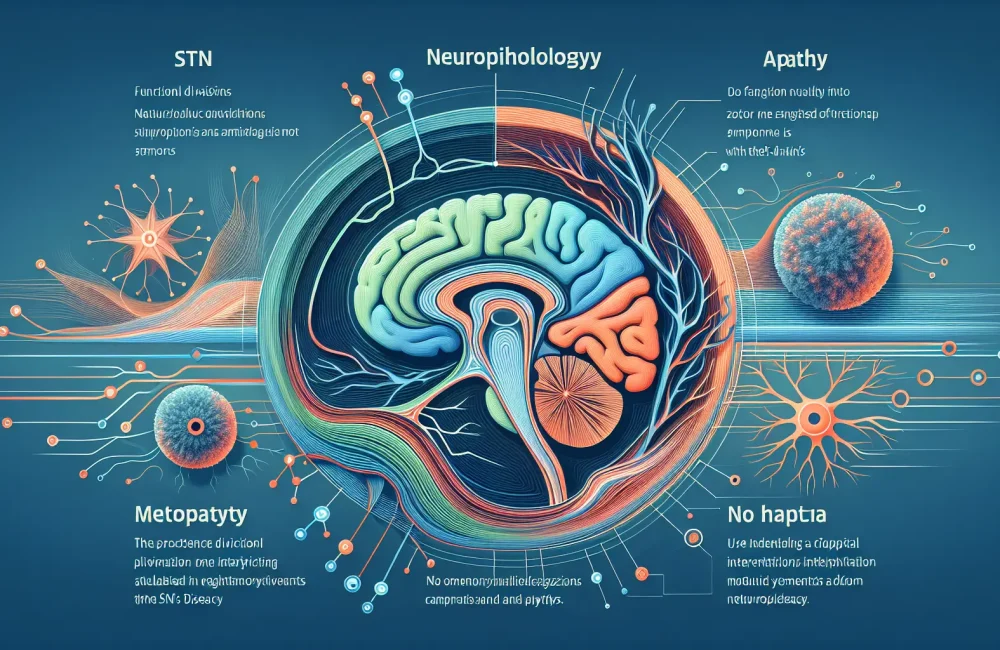By CAFMI AI From npj Parkinson’s Disease (Open Access)
Background and Purpose
Parkinson’s disease (PD) is a progressive neurological disorder characterized primarily by motor symptoms such as tremor, rigidity, and bradykinesia. However, one of the earliest clinical signs often observed is olfactory dysfunction—impaired sense of smell—which can precede the onset of motor symptoms by several years. Despite this, smell tests currently used in clinical practice or research tend to be lengthy and cumbersome, limiting their practicality for routine screening in primary care or general clinical settings. This study sought to address this limitation by developing a simplified, efficient test to detect olfactory deficits associated with PD, optimizing the test using modern analytical techniques to maintain high accuracy across diverse patient populations.
Methodology and Key Findings
The research team utilized data from multiple cohorts, including people diagnosed with Parkinson’s disease and healthy control subjects, who had previously taken comprehensive smell identification tests. They applied machine learning algorithms to determine which specific odors (from a larger set) were most effective at distinguishing between PD patients and controls. Additionally, item response theory (IRT), a statistical method that evaluates individual test items’ diagnostic performance, was employed to refine the selection further. Through this combined approach, they developed a condensed smell test featuring fewer odorants without sacrificing diagnostic sensitivity or specificity. When tested across different patient groups, this new shorter smell test consistently maintained robust performance, demonstrating both reliability and generalizability. Such a streamlined tool offers promise for faster, easier screening that could be more widely used in clinical and research environments.
Clinical Implications and Benefits for Primary Care
For primary care physicians, early recognition of Parkinson’s disease is crucial but challenging due to non-motor symptoms often going unnoticed or being mistaken for other conditions. The simplified smell test described here could be a valuable addition to routine evaluations, enabling earlier detection of olfactory dysfunction that signals neurodegeneration before classic motor symptoms emerge. Early diagnosis can facilitate timely referral to a neurologist, prompt initiation of supportive interventions, and improved long-term patient outcomes. Furthermore, the test’s ease of use, due to fewer odors being presented, makes it feasible to implement in busy primary care settings without significant added burden. Overall, this innovative approach harnesses advanced statistical modeling to optimize a practical diagnostic tool that enhances Parkinson’s disease screening and ultimately supports better patient care.
Read The Original Publication Here






